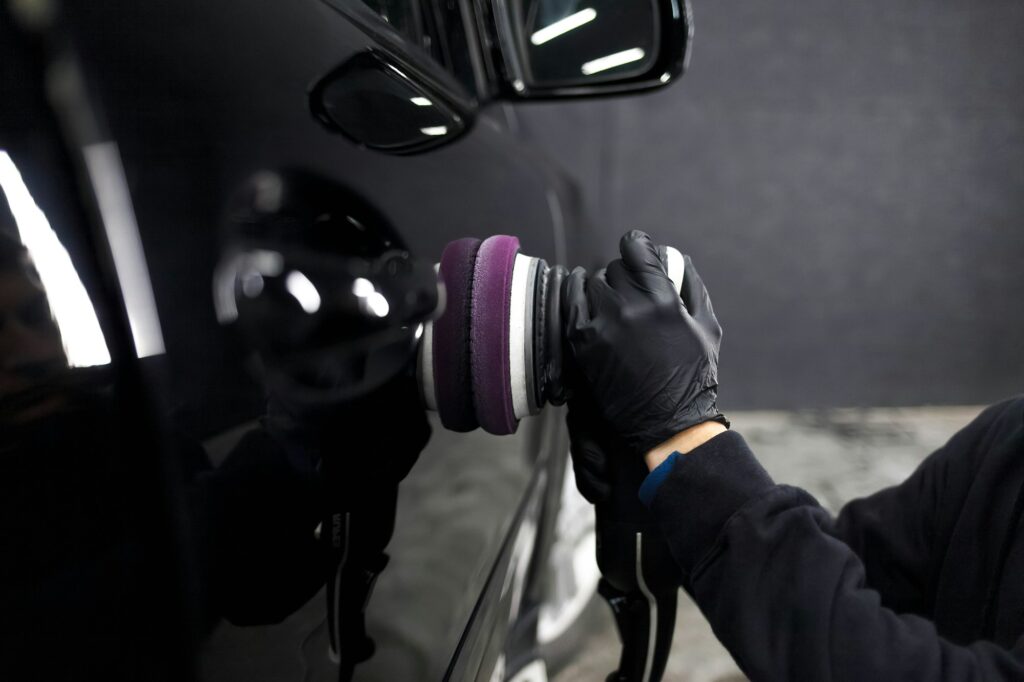
The Importance of Paint Condition in Paint Correction
Paint correction is a crucial service in automotive detailing that focuses on restoring the original finish of a vehicle’s paintwork. A central aspect of ensuring effective paint correction is understanding the condition of the paint itself. Various factors influence paint condition, such as environmental exposure, maintenance habits, and the vehicle’s age. This article delves into the significance of paint condition in the context of paint correction, exploring the processes involved, the most effective correction techniques, and the advantages of a protective coating like ceramic after the correction is completed.
Understanding Paint Condition
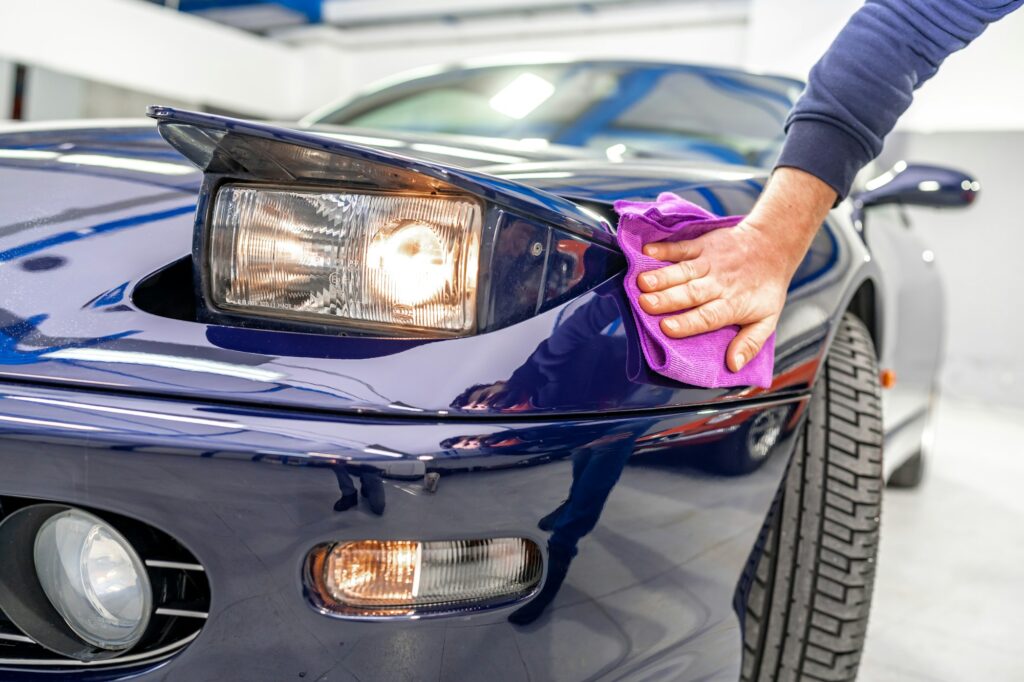
Definition of Paint Condition
Paint condition refers to the overall state of the vehicle’s paint surface, taking into account factors such as glossiness, smoothness, and the presence of imperfections. It encompasses everything from minor blemishes and scratches to deeper defects like oxidation and clear coat failure. Evaluating paint condition is essential for determining the appropriate level of correction required to restore the vehicle’s appearance effectively.
Factors Affecting Paint Condition
Several factors can significantly impact the condition of a vehicle’s paint. These include environmental elements such as UV radiation, acid rain, bird droppings, and tree sap. Additionally, regular maintenance practices, including washing methods and the use of protective products, can either benefit or harm paint condition. For instance, improper washing techniques that include abrasive materials can lead to swirl marks and scratches, while frequent waxing can help maintain a glossy finish.
Common Paint Issues
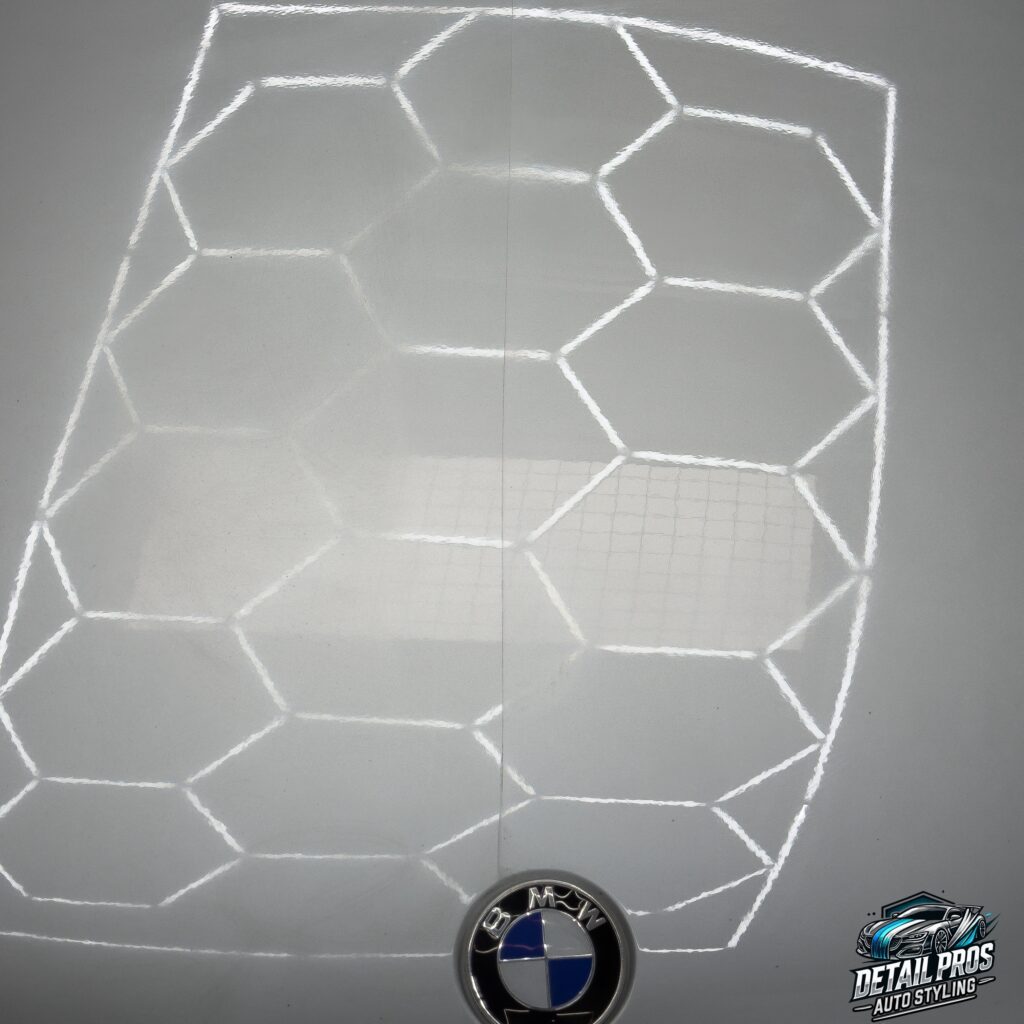
Some of the most common issues affecting paint condition include swirling, marring, scratches, oxidation, and fading. Swirling marks typically occur from improper washing techniques or the use of low-quality towels. Marring, often mistaken for scratches, results from contact with contaminants. Oxidation happens when the paint surface deteriorates due to prolonged exposure to UV rays, while fading results from a combination of UV damage and environmental pollutants. Understanding these issues is critical for assessing the paint condition and determining the necessary correction methods.
The Role of Paint Condition in Paint Correction
Assessing Paint Condition
The first step in any paint correction process is to perform a thorough assessment of the paint condition. This assessment typically involves a visual inspection under different lighting conditions to identify imperfections. Additionally, technicians may utilize tools like paint thickness gauges to measure the depth of the clear coat, ensuring that the correction process does not remove too much material. By accurately assessing the paint condition, technicians can tailor their approach to the specific needs of the vehicle.
Types of Paint Correction Based on Condition
Paint correction techniques vary depending on the paint condition. For minor imperfections like light swirls and surface marring, a one-step polish may suffice to restore clarity and shine. In more severe cases, such as deep scratches or heavy oxidation, a multi-stage correction process might be necessary. This process can involve several stages of polishing with various grit levels before achieving the desired finish. Understanding the specific condition of the paint allows for appropriate methods to be selected, ensuring effective correction while minimizing the risk of further damage.
Benefits of Tailoring Correction to Paint Condition
Tailoring paint correction techniques to the specific condition of the paint offers several benefits. First, it enhances the effectiveness of the correction, leading to superior results that meet the customer’s expectations. Second, customized approaches reduce the likelihood of inadvertently damaging the paint, preserving its integrity. Finally, an accurate assessment and tailored correction can extend the lifespan of the vehicle’s finish, making it a worthwhile investment for vehicle owners.
Steps and Procedures for Effective Paint Correction
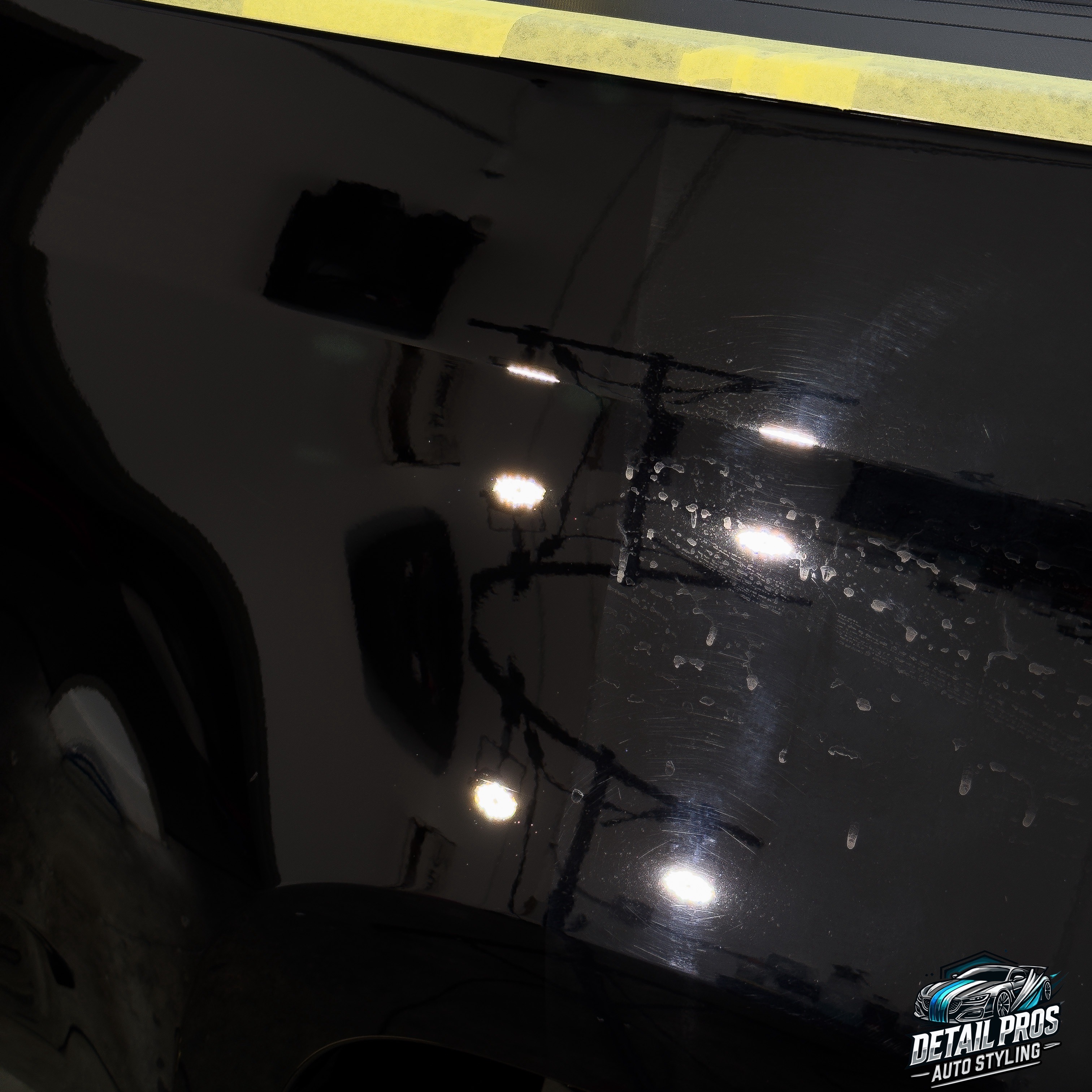
Initial Assessment and Cleaning
The paint correction process begins with a detailed assessment, as previously discussed. Once the technician has evaluated the paint condition, the next step is thorough cleaning. This involves washing the vehicle to remove dirt and contaminants that can interfere with the correction process. Clay bar treatment is often employed to remove embedded particles from the paint surface, ensuring that the area is clean and ready for polishing. This initial step is crucial to prevent the introduction of new scratches during correction.
Choosing the Right Correction Method
After cleaning, selecting the appropriate correction method is vital for achieving ideal results. The choice of polish, pad, and machine type (rotary or dual-action) will depend on the paint condition assessed earlier. For instance, a dual-action polisher may be more suitable for beginners or those working with delicate paint, while a rotary polisher can be used by experienced detailers for more aggressive correction. The method chosen must align with the specific issues identified during the assessment phase to ensure optimal correction without causing damage.
Polishing Techniques and Tools
Utilizing the correct polishing techniques is essential to effective paint correction. A commonly used method involves a two-step process: compounding followed by polishing. Compounding is used to remove significant defects, while polishing refines the surface and enhances gloss. Different pads and polishing compounds are chosen based on the severity of the paint defects. For example, a more aggressive pad and compound may be needed for deeper scratches, while a finer pad and polish can address lighter imperfections. Proper technique, such as maintaining consistent pressure and speed, is crucial for achieving even results.
Final Inspection and Touch-Ups
Once the correction process is complete, a final inspection is performed to ensure all defects have been adequately addressed. Any remaining imperfections can be touched up using spot correction techniques or additional polishing. This step ensures that the vehicle meets the desired aesthetic standards before moving on to protective treatments. The final inspection is crucial, as it allows for adjustments and ensures the paint finish is uniform and free of flaws.
Why Ceramic Coating is the Best Option After Paint Correction

Advantages of Ceramic Coating
After paint correction, applying a ceramic coating is often recommended due to its numerous advantages. Ceramic coatings form a chemical bond with the paint, providing a robust layer of protection against environmental contaminants, UV rays, and chemical etching. This protective layer enhances the shine and depth of the paint, making the vehicle appear freshly polished for a more extended period. Furthermore, ceramic coatings are hydrophobic, making it easier for water to bead off the surface, thus reducing the need for frequent washing.
Long-Term Benefits for Paint Protection
The long-term benefits of ceramic coatings are significant. Unlike traditional wax or sealants that can wear off over time, ceramic coatings offer a durable solution that can last several years with proper maintenance. This longevity translates to ongoing protection against scratches, oxidation, and fading, preserving the vehicle’s aesthetic appeal. Additionally, ceramic coatings can increase the vehicle’s resale value by maintaining the paint’s integrity, making it a wise investment for vehicle owners.
Application Process of Ceramic Coating
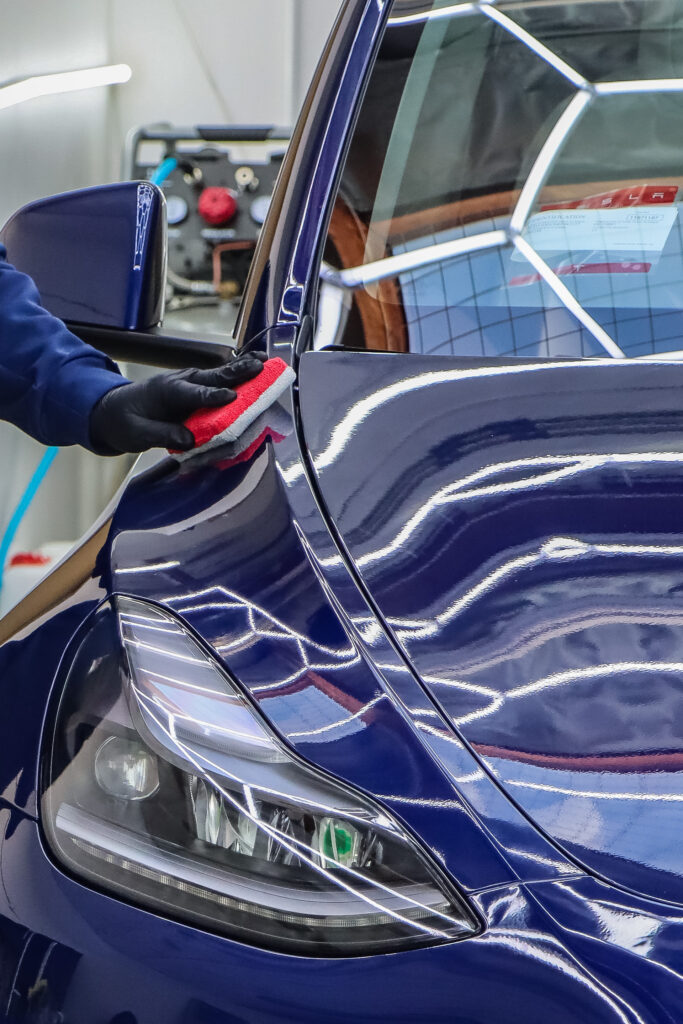
The application process for ceramic coating involves several steps. After the paint correction process, the surface must be thoroughly cleaned to ensure no residues interfere with the coating. Next, a precise application of the ceramic coating is performed, typically using an applicator pad to ensure even coverage. After the application, the coating needs time to cure, allowing it to bond effectively with the paint surface. This process not only protects the vehicle but also enhances its overall appearance.
Conclusion
Summarizing the Importance of Paint Condition
In summary, understanding and assessing paint condition is fundamental for effective paint correction. By recognizing common paint issues and selecting tailored correction methods, technicians can restore a vehicle’s finish to its original glory. The choice of correction techniques should align with the specific paint condition, ensuring optimal results while minimizing the risk of further damage.
Final Thoughts on Paint Correction and Coating Choices
Following paint correction, applying a ceramic coating provides extensive protection and enhances the vehicle’s aesthetic appeal for years. This combination of careful assessment, tailored correction methods, and protective coatings ensures that vehicle owners can maintain the beauty and value of their cars for the long term. Understanding these principles can help vehicle owners make informed decisions about their car care and maintenance, ultimately leading to a more satisfying ownership experience.
FAQs
What is paint correction?
Paint correction is a process that restores the clarity and integrity of a vehicle’s paint finish by removing imperfections such as scratches, swirl marks, and oxidation. It involves various techniques and tools to achieve a polished look.
How often should paint correction be performed?
The frequency of paint correction depends on factors such as vehicle usage, environmental exposure, and maintenance habits. Typically, it may be necessary every 1-3 years, but some vehicles may require more frequent attention.
Can I perform paint correction myself?
While some vehicle owners may opt to perform paint correction on their own, it is recommended to have experience and proper tools to avoid damaging the paint. Professional detailers have the expertise to assess and correct paint conditions effectively.
What is the difference between ceramic coating and waxing?
Ceramic coatings provide a stronger, longer-lasting layer of protection compared to traditional waxing. While wax typically lasts a few months, ceramic coatings can last for years and offer better resistance against environmental contaminants.
How do I maintain my vehicle after paint correction and ceramic coating?
Maintaining a vehicle after paint correction and ceramic coating involves regular washing with pH-neutral products, avoiding harsh chemicals, and using microfiber towels to prevent scratches. It’s also advisable to follow the manufacturer’s guidelines for best results.
In conclusion, by understanding the importance of paint condition in the paint correction process and the benefits of applying a ceramic coating afterward, vehicle owners can significantly enhance and protect their cars’ appearances for years to come.
